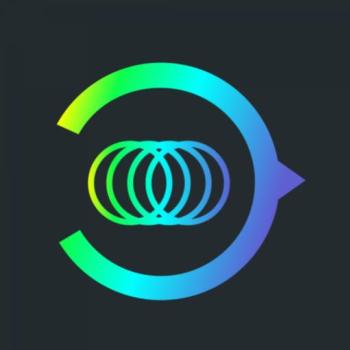Less popular languages
In addition to the popular programming languages used in the software development industry, there are many other programming languages available that have unique features and use cases. Here is an objective description of some of the less commonly known programming languages:
Elm: A functional programming language that compiles to JavaScript, Elm is designed to create web applications with fewer errors and a better user experience. It features an easy-to-learn syntax and a strong type system that ensures code correctness.
Unity: While Unity is primarily known as a game development engine, it also offers its own programming language, UnityScript, which is similar to JavaScript. It's designed to be easy to use and allows developers to create interactive games and applications.
NoSQL: NoSQL is not a programming language, but a type of database management system that does not use the traditional relational model. It offers greater flexibility and scalability compared to traditional databases, and is commonly used for big data and real-time web applications.
D: D is a systems programming language that combines the performance and control of C++ with the productivity of modern programming languages. It offers features such as garbage collection, built-in concurrency, and strong typing.
Scala: A scalable language designed for building large-scale applications, Scala combines object-oriented and functional programming paradigms. It runs on the Java Virtual Machine and offers features such as type inference, pattern matching, and higher-order functions.
Pascal (Delphi): Developed in the 1970s, Pascal is a procedural programming language that is known for its clarity and ease of use. It's often used for teaching programming concepts and for developing desktop applications, and the Delphi IDE is a popular tool for Pascal development.
Apex: A proprietary language used for developing applications on the Salesforce platform, Apex is a strongly-typed, object-oriented language that's similar to Java. It's designed to work with Salesforce's database and APIs, making it ideal for building custom Salesforce applications.
SAS: A statistical programming language used for data analysis and business intelligence, SAS offers a range of statistical and data mining techniques, as well as visualization tools. It's widely used in the healthcare, finance, and government sectors.
Crystal: A fast, statically-typed programming language with a syntax that's similar to Ruby, Crystal is designed for building high-performance applications. It offers features such as built-in concurrency and type inference.
Scratch: Developed by MIT, Scratch is a visual programming language designed for teaching kids how to code. It uses a block-based interface that makes it easy to learn programming concepts and create animations and games.
ASP: Short for Active Server Pages, ASP is a server-side scripting language that's used to create dynamic web pages and applications. It's widely used in enterprise environments and is often paired with Microsoft's .NET framework.
Blueprint: Blueprint is a visual programming language that's used to create gameplay mechanics and AI behavior in Unreal Engine, a popular game development engine. It offers a node-based interface that makes it easy to create complex interactions without writing code.
CUDA: A parallel computing platform and programming model developed by NVIDIA, CUDA allows developers to use a C-like language to program GPUs for high-performance computing applications.
Arduino: A popular platform for building DIY electronics projects, Arduino offers its own programming language that's based on C++. It's easy to learn and allows developers to control sensors and other components with minimal code.
Haskell: A purely functional programming language that's known for its advanced type system and lazy evaluation, Haskell is designed to make it easy to write correct and maintainable code.
VHDL: A hardware description language used to design digital circuits and systems, VHDL offers a range of tools for designing and simulating complex circuits.
In conclusion, the world of programming languages is vast and diverse, with a multitude of options available to developers for various use cases. From functional programming languages like Elm and Haskell to hardware description languages like VHDL, there is a programming language for almost every need. Some languages are designed for specific purposes, like Apex for Salesforce development or Blueprint for Unreal Engine game development. Others, like NoSQL databases or CUDA for GPU computing, provide a framework for building more complex systems. While it's impossible to master every programming language, having knowledge of different languages can expand a developer's skill set and open up new possibilities for creating innovative and efficient solutions.
22/02/2023

Posted by: Ontorus Editorial
At Ontorus Editorial, the focus is on providing the most valuable knowledge. Efforts are made to offer high-quality and relevant information in every article. The goal is to ensure the best content so that everyone stays informed and updated on the topics of greatest interest.


